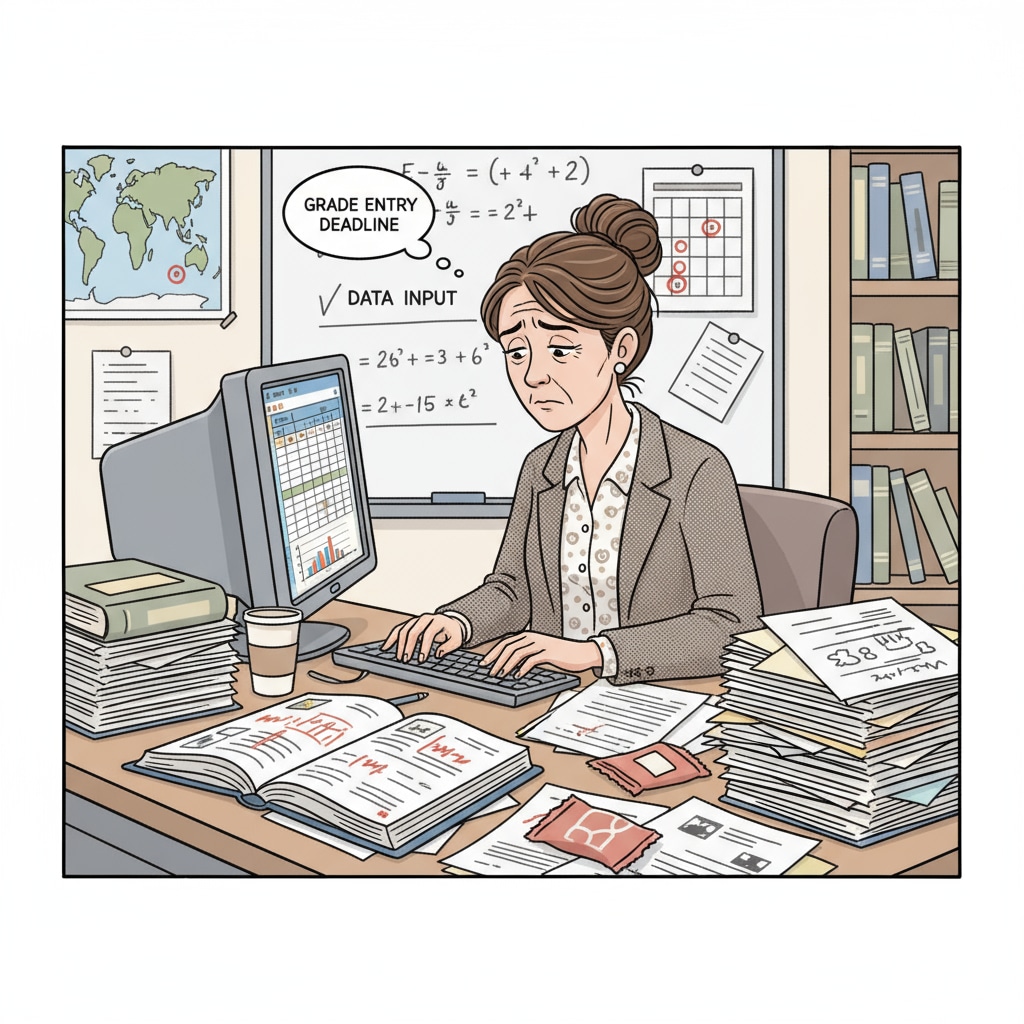In modern K12 education, the issues of data recording, micromanagement, and teaching autonomy are intertwined, presenting significant challenges to educators. As schools strive for better educational outcomes, the pressure on teachers to record vast amounts of data and operate under tight management control is on the rise. This has led to a complex situation that affects both the quality of teaching and the professional growth of teachers.

The Burden of Data Recording
Data recording has become an integral part of modern education. Schools now require teachers to collect and document various types of data, such as student performance, attendance, and behavior. This data is intended to provide insights into student learning and help educators make informed decisions. However, the sheer volume of data that teachers are expected to record can be overwhelming. According to the National Education Association, many teachers spend hours each week on data entry and reporting, which takes time away from their core teaching responsibilities.

The Tyranny of Micromanagement
Micromanagement in the education sector is another concern. Administrators often closely monitor teachers’ every move, dictating teaching methods, lesson plans, and even classroom interactions. While the intention may be to ensure consistency and quality, it often stifles teachers’ creativity and autonomy. Teachers feel like they are being constantly watched and judged, which can lead to a decrease in job satisfaction and motivation. As TeachThought points out, a lack of autonomy can prevent teachers from adapting their teaching to the unique needs of their students.
The combined effects of data recording and micromanagement are taking a toll on teaching quality. Teachers who are bogged down with administrative tasks and restricted by micromanagement may not have the time or freedom to design engaging and effective lessons. This can ultimately lead to a decline in student learning outcomes. In addition, the negative impact on teacher morale can result in higher turnover rates, which is detrimental to the stability of the education system.
Preserving Teaching Autonomy
To address these issues, it is essential to find a balance between management control and teaching autonomy. One approach is for schools to streamline data recording processes. By using more efficient data management systems and focusing on the most relevant data, teachers can spend less time on paperwork and more time on teaching. Another solution is for administrators to adopt a more hands-off approach, giving teachers the freedom to design their own lesson plans and teaching strategies while providing support and guidance when needed.
In conclusion, the relationship between data recording, micromanagement, and teaching autonomy is a delicate one. By recognizing the importance of preserving teacher autonomy and finding ways to reduce the burden of data recording and micromanagement, we can create a more positive and productive educational environment. This will not only benefit teachers but also lead to better learning outcomes for students. Readability guidance: The article uses short paragraphs to present key points clearly. Each section focuses on a different aspect of the issue, and external links are provided for further exploration. Transition words like “however” and “in addition” are used to enhance the flow of the text.


